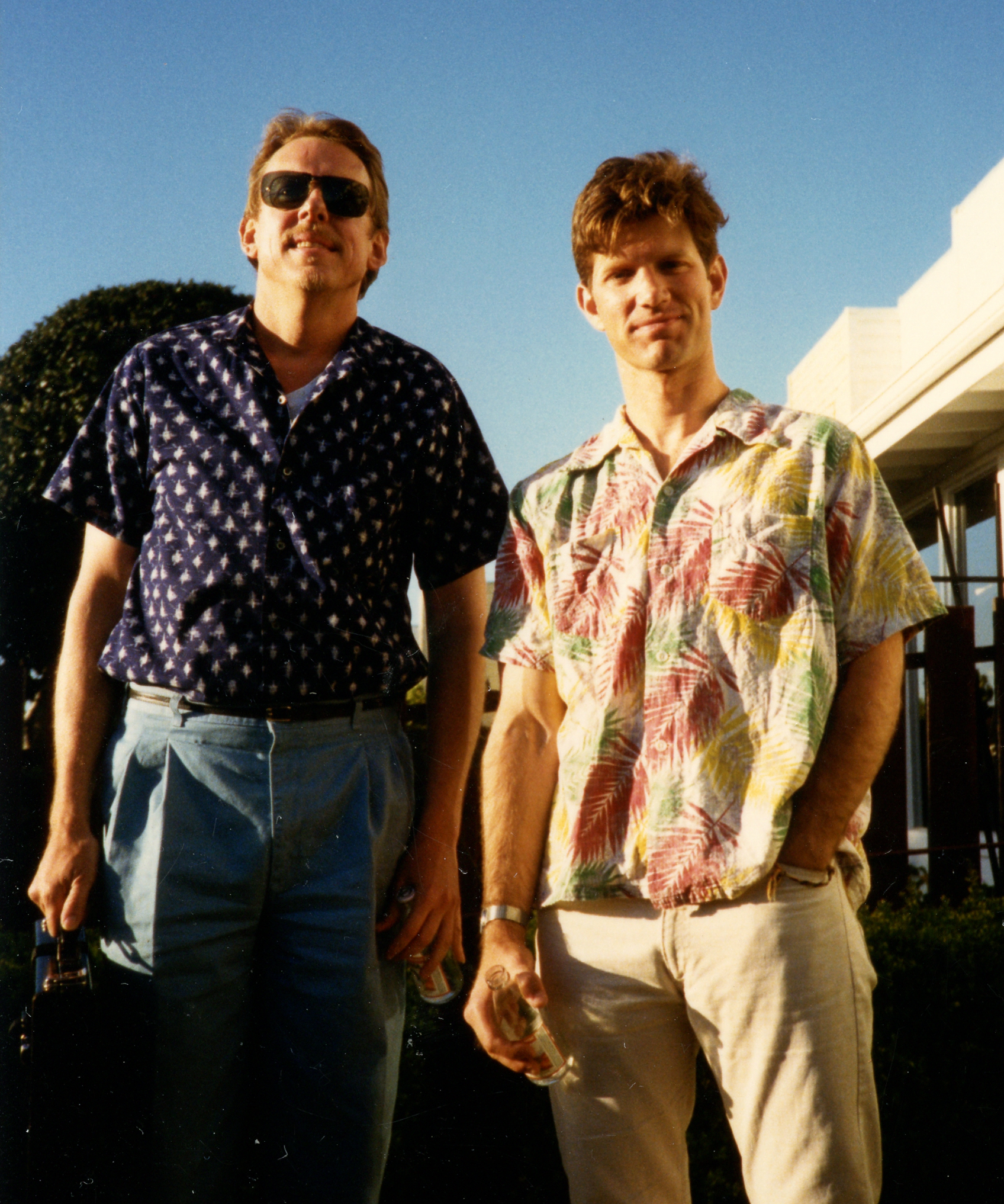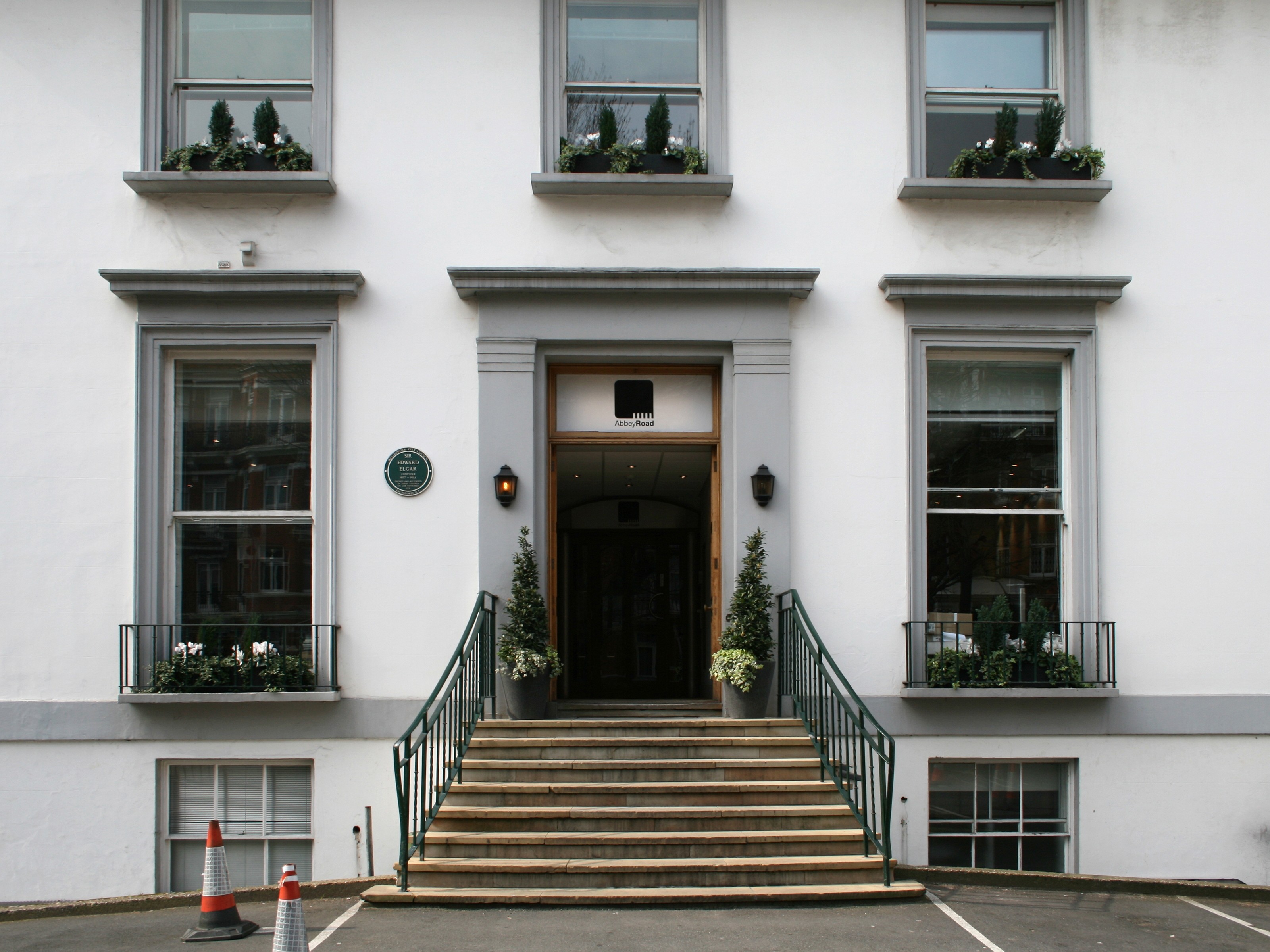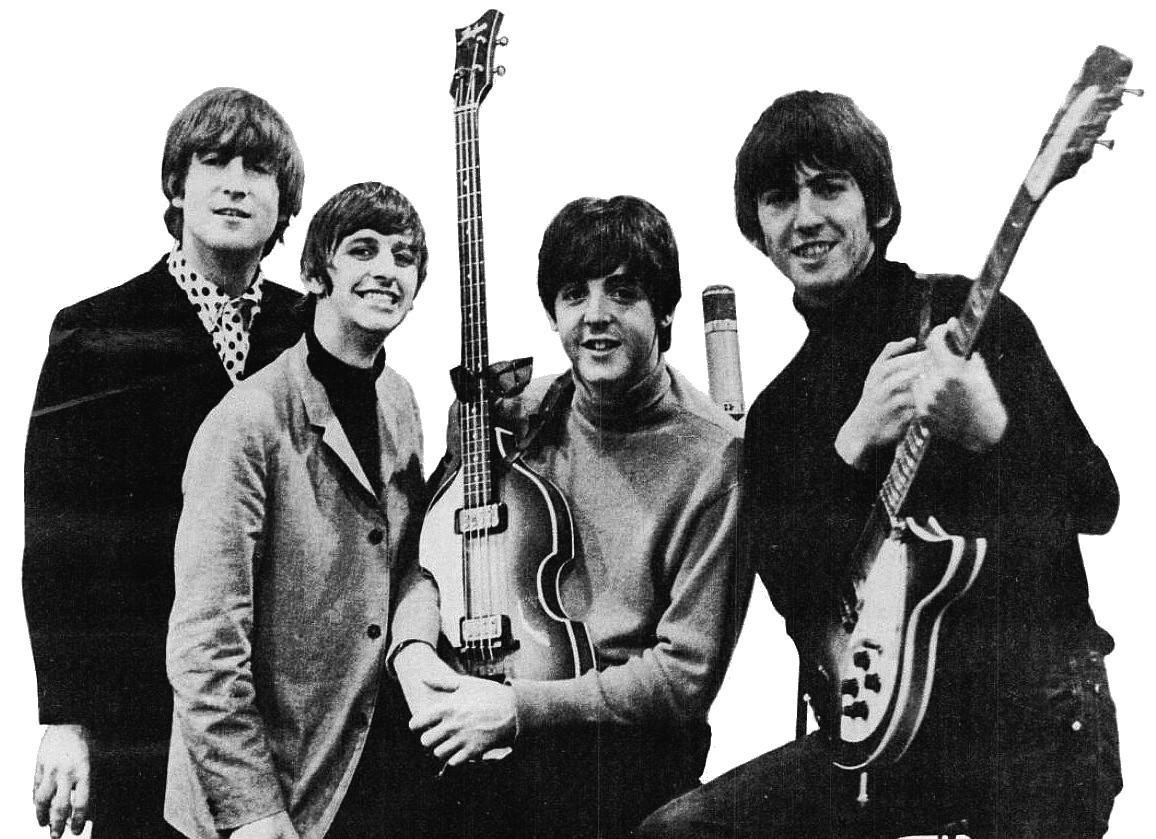|
The Lovin' Spoonful
The Lovin' Spoonful is a Canadian-American folk-rock band formed in Greenwich Village, New York City, in 1964. The band were among the most popular groups in the United States for a short period in the mid-1960s and their music and image influenced many of the contemporary rock acts of their era. Beginning in July1965 with their debut single "Do You Believe in Magic (song), Do You Believe in Magic", the band had seven consecutive singles reach the Top Ten of the US charts in the eighteen months that followed, including the number-two hits "Daydream (The Lovin' Spoonful song), Daydream" and "Did You Ever Have to Make Up Your Mind?" and the chart-topping "Summer in the City (song), Summer in the City". Led by their primary songwriter John Sebastian, the Spoonful took their earliest influences from jug band and blues music, reworking them into a popular music format. In 1965, the band helped pioneer the development of the musical genre of folk rock. By 1966, the group were "one of ... [...More Info...] [...Related Items...] OR: [Wikipedia] [Google] [Baidu] |
John Sebastian
John Benson Sebastian (born March 17, 1944) is an American singer, songwriter and musician who founded the rock band the Lovin' Spoonful in 1964 with Zal Yanovsky. During his time in the Lovin Spoonful, Sebastian wrote and sang some of the band's biggest hits such as " Do You Believe in Magic", “ Summer in the City”, " Did You Ever Have to Make Up Your Mind", and "Daydream". Sebastian left the Spoonful after the 1968 album '' Everything Playing'' to focus on a solo career, releasing '' John B. Sebastian'' in 1970. He made an impromptu appearance at the Woodstock festival in 1969Rock & Roll Hall of Fame – Lovin' Spoonful Biography , rockhall.com. Retrieved June 4, 2015. and scored a U.S. No. 1 hit in 1976 with " [...More Info...] [...Related Items...] OR: [Wikipedia] [Google] [Baidu] |
Do You Believe In Magic (song)
"Do You Believe in Magic" is a song by the Canadian-American folk-rock band the Lovin' Spoonful. Written by John Sebastian, it was issued as the band's debut single in July1965. The single peaked at number nine on the ''Billboard'' Hot 100. It later served as the title track of the band's debut album, issued that November. In 1978, Shaun Cassidy reached the Top 40 with his cover version. The Lovin' Spoonful version John Sebastian composed "Do You Believe in Magic" in May1965. Sebastian drew inspiration from a teenage girl who attended one of the Lovin' Spoonful's performances at the Night Owl Cafe, a club in the Greenwich Village neighborhood of New York City at which the band were then holding a residency. The younger girl stood in contrast to the older beatnik crowd who typically attended folk performances, and Sebastian recalled that " he wasdancing like danced – and not like the last generation danced". He also remembered: " Zal anovskyand I just elbowed each other the ... [...More Info...] [...Related Items...] OR: [Wikipedia] [Google] [Baidu] |
The Lovin' Spoonful's Drug Bust
In May1966, Zal Yanovsky and Steve Boone of the Canadian-American folk-rock band the Lovin' Spoonful were arrested in San Francisco, California, for possessing of marijuana. The Spoonful were at the height of their success, and Yanovsky, a Canadian, worried that a conviction would lead to his deportation and a breakup of the band. To avoid this eventuality, he and Boone Informant, cooperated with law enforcement, revealing their drug source to an undercover agent at a party a week after their initial arrest. The Lovin' Spoonful were the first pop music act of the 1960s to be busted for possessing illegal drugs. Boone and Yanovsky's drug source, Bill Loughborough, was arrested in September1966. He initiated a campaign to boycott the band, the effectiveness of which is disputed by later commentators. By early1967, Yanovsky and Boone's cooperation was reported by the West Coast of the United States, West Coast's burgeoning Underground press#North America, underground rock press, s ... [...More Info...] [...Related Items...] OR: [Wikipedia] [Google] [Baidu] |
Erik Jacobsen
Erik Jacobsen (born May 19, 1940) is an American record producer, song publisher and artist manager. He is best known for his work in the 1960s with Tim Hardin, the Lovin' Spoonful, The Charlatans (American band), the Charlatans, and Sopwith Camel (band), Sopwith Camel, and later with Norman Greenbaum, Tazmanian Devils and Chris Isaak. Retiring after forty years in the studio, he began working in video production. His first major video project was an auto-biographical websideAll About Erik launched in 2019. His nextErik's Travels features his prize-winning travel documentaries, and was launched in 2024. Early life He was born in Oak Park, Illinois, on the west side of Chicago. His early musical influences were wide-ranging, including a unique opportunity to listen to the first urban radio stations broadcasting polka, blues and country. Musician In high school he played the tuba and sousaphone. Later, at Oberlin College he began playing bluegrass style banjo and by his senior ... [...More Info...] [...Related Items...] OR: [Wikipedia] [Google] [Baidu] |
American Folk Music Revival
The American folk music revival began during the 1940s and peaked in popularity in the mid-1960s. Early folk music performers include Woody Guthrie, Lead Belly, Pete Seeger, Ewan MacColl (UK), Richard Dyer-Bennet, Oscar Brand, Jean Ritchie, John Jacob Niles, Susan Reed, Mississippi John Hurt, Josh White, and Cisco Houston. Lead Belly recorded "Cotton Fields" and "Goodnight, Irene" and folk singer Odetta released folk albums. New folk musicians such as Bob Dylan, Joan Baez, Judy Collins, Joni Mitchell, Phil Ochs, Peter Paul & Mary and many others recorded folk songs and new compositions in the folk style in the 60s and 70s. The revival also brought forward strains of American folk music that had in earlier times contributed to the development of country and western, bluegrass, blues, and rock and roll music. Overview Early years The folk revival in New York City was rooted in the resurgent interest in square dancing and folk dancing there in the 1940s as espous ... [...More Info...] [...Related Items...] OR: [Wikipedia] [Google] [Baidu] |
Autoharp
An autoharp or chord zither is a string instrument belonging to the zither family. It uses a series of bars individually configured to mute all strings other than those needed for the intended chord. The term ''autoharp'' was once a trademark of the Oscar Schmidt Inc., Oscar Schmidt company, but has become a Generic trademark, generic designation for all such instruments, regardless of manufacturer. History Charles F. Zimmermann, a German immigrant in Philadelphia, was awarded a patent in 1882 for a “Harp” fitted with a mechanism that muted strings selectively during play. He called a zither-sized instrument using this mechanism an “autoharp.” Unlike later designs, the instrument shown in the patent was symmetrical, and the damping mechanism engaged with the strings laterally instead of from above. It is not known if Zimmermann ever produced such instruments commercially. Karl August Gütter of Markneukirchen, Germany, built a model that he called a ''Volkszither'', which ... [...More Info...] [...Related Items...] OR: [Wikipedia] [Google] [Baidu] |
Psychedelic Music
Psychedelic music (sometimes called psychedelia) is a wide range of popular music styles and genres influenced by 1960s psychedelia, a subculture of people who used psychedelic drugs such as Dmt, DMT, Lysergic acid diethylamide, LSD, mescaline, and psilocybin mushrooms, to experience synesthesia and Altered state of consciousness, altered states of consciousness. Psychedelic music may also aim to enhance the experience of using these drugs and has been found to have a significant influence on psychedelic therapy. Psychedelia embraces visual art, movies, and literature, as well as music. Psychedelic music emerged during the 1960s among folk music, folk and rock music, rock bands in the United States and the United Kingdom, creating the subgenres of psychedelic folk, psychedelic rock, acid rock, and psychedelic pop before declining in the early 1970s. Numerous spiritual successors followed in the ensuing decades, including progressive rock, krautrock, and heavy metal music, heavy ... [...More Info...] [...Related Items...] OR: [Wikipedia] [Google] [Baidu] |
The Rolling Stones
The Rolling Stones are an English Rock music, rock band formed in London in 1962. Active for over six decades, they are one of the most popular, influential, and enduring bands of the Album era, rock era. In the early 1960s, the band pioneered the gritty, rhythmically driven sound that came to define hard rock. Their first stable line-up consisted of vocalist Mick Jagger, guitarist Keith Richards, multi-instrumentalist Brian Jones, bassist Bill Wyman, and drummer Charlie Watts. During their early years, Jones was the primary leader. Andrew Loog Oldham became their manager in 1963 and encouraged them to write their own songs. The Jagger–Richards, Jagger–Richards partnership soon became the band's primary songwriting and creative force. Rooted in blues and early rock and roll, the Rolling Stones started out playing Cover version, covers and were at the forefront of the British Invasion in 1964, becoming identified with the youthful counterculture of the 1960s. They then f ... [...More Info...] [...Related Items...] OR: [Wikipedia] [Google] [Baidu] |
The Beatles
The Beatles were an English Rock music, rock band formed in Liverpool in 1960. The core lineup of the band comprised John Lennon, Paul McCartney, George Harrison and Ringo Starr. They are widely regarded as the Cultural impact of the Beatles, most influential band in Western popular music and were integral to the development of Counterculture of the 1960s, 1960s counterculture and the recognition of popular music as an art form. Rooted in skiffle, beat music, beat and 1950s rock and roll, rock 'n' roll, their sound incorporated elements of classical music and traditional pop in innovative ways. The band also explored music styles ranging from Folk music, folk and Music of India, Indian music to Psychedelic music, psychedelia and hard rock. As Recording practices of the Beatles, pioneers in recording, songwriting and artistic presentation, the Beatles revolutionised many aspects of the music industry and were often publicised as leaders of the Baby boomers, era's youth and soc ... [...More Info...] [...Related Items...] OR: [Wikipedia] [Google] [Baidu] |
Popular Music
Popular music is music with wide appeal that is typically distributed to large audiences through the music industry. These forms and styles can be enjoyed and performed by people with little or no musical training.Popular Music. (2015). ''Funk & Wagnalls New World Encyclopedia'' As a kind of popular art, it stands in contrast to art music. Art music was historically disseminated through the performances of written music, although since the beginning of the recording industry, it is also disseminated through sound recording, recordings. Traditional music forms such as early blues songs or hymns were passed along orally, or to smaller, local audiences. The original application of the term is to music of the 1880s Tin Pan Alley period in the United States. Although popular music sometimes is known as "pop music", the two terms are not interchangeable. Popular music is a generic term for a wide variety of genres of music that appeal to the tastes of a large segment of the populati ... [...More Info...] [...Related Items...] OR: [Wikipedia] [Google] [Baidu] |
Blues
Blues is a music genre and musical form that originated among African Americans in the Deep South of the United States around the 1860s. Blues has incorporated spiritual (music), spirituals, work songs, field hollers, Ring shout, shouts, chants, and rhymed simple narrative ballad (music), ballads from the African-American culture. The blues form is ubiquitous in jazz, rhythm and blues, and rock and roll, and is characterized by the Call and response (music), call-and-response pattern, the blues scale, and specific chord progressions, of which the twelve-bar blues is the most common. Blue notes (or "worried notes"), usually thirds, fifths or sevenths flattened in Pitch (music), pitch, are also an essential part of the sound. Blues shuffle note, shuffles or walking bass reinforce the trance-like rhythm and form a repetitive effect known as the groove (popular music), groove. Blues music is characterized by its lyrics, Bassline, bass lines, and Instrumentation (music), instrumen ... [...More Info...] [...Related Items...] OR: [Wikipedia] [Google] [Baidu] |
Jug Band
A jug band is a musical band, band employing a jug (instrument), jug player and a mix of conventional and homemade instruments. These homemade instruments are ordinary objects adapted to or modified for making sound, like the washtub bass, washboard (musical instrument), washboard, spoons (musical instrument), spoons, bones (instrument), bones, stovepipe, jew's harp, and comb and tissue paper. The term 'jug band' is loosely used in referring to ensembles that also incorporate homemade instruments, but those are more accurately referred to as skiffle bands, spasm bands, or juke (or jook) bands (see juke joint) because they do not include a jug player. History Early jug bands were typically made up of African-American vaudeville and medicine show musicians. Beginning in the urban Southern United States, South (namely, Louisville, Kentucky, and Memphis, Tennessee), they played a mixture of blues, ragtime, and jazz. The history of jug bands is related to the origins of the blues, dev ... [...More Info...] [...Related Items...] OR: [Wikipedia] [Google] [Baidu] |









